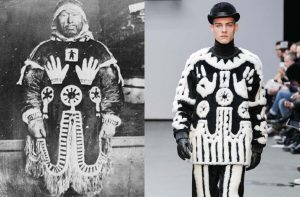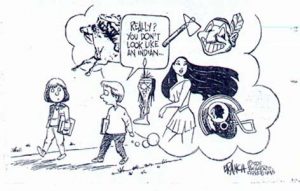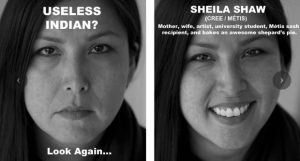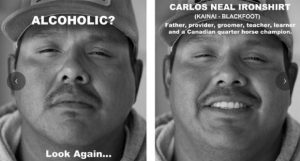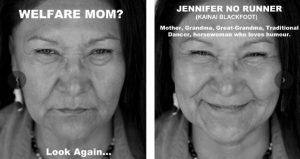This is a powerful documentary centering on the battle to fight racist and harmful Indigenous stereotypes. This battle happened in the early 1990’s at the University of Illinois. The school’s mascot was named “Chief Illiniwek”. He was created back in the 1920’s, and his job was to create school spirit and cheer on the university’s football and basketball teams during halftime.
An Indigenous student at the university named Charlene Teters decided to challenge the school mascot for being both racist and culturally insensitive. The “Chief” wears traditional Sioux buckskin clothing. He also wears an eagle-feather headdress, which is very sacred to the Sioux, and is only bestowed to the wearer when brave deeds are conducted in protecting Sioux people. It is interesting to note that person portraying “Chief Illiniwek” has always been Caucasian.
The movie traces Teters’ journey as she begins to challenge the powers to be over the appropriateness of this mascot as a school symbol.
A university trustee who defends “Chief Illiniwek” says that, “The Chief is way we honor Native Americans.” Parts of the film challenge this, as Indigenous people are interviewed and explain how racist and culturally insensitive “The Chief” is to them.
Teters and other protestors face a lot of abuse from the fans that come to the sporting events. They are spat on and cursed at. Teters has proven herself a strong and brave defender of her culture.
An excellent film! It will provide tons of material to get class discussion going on the topic of stereotypes and appropriation of culture.
Here is the link to buy it ( warning…it is not cheap!) : https://www.newday.com/film/whose-honor
Here is a short trailer:
